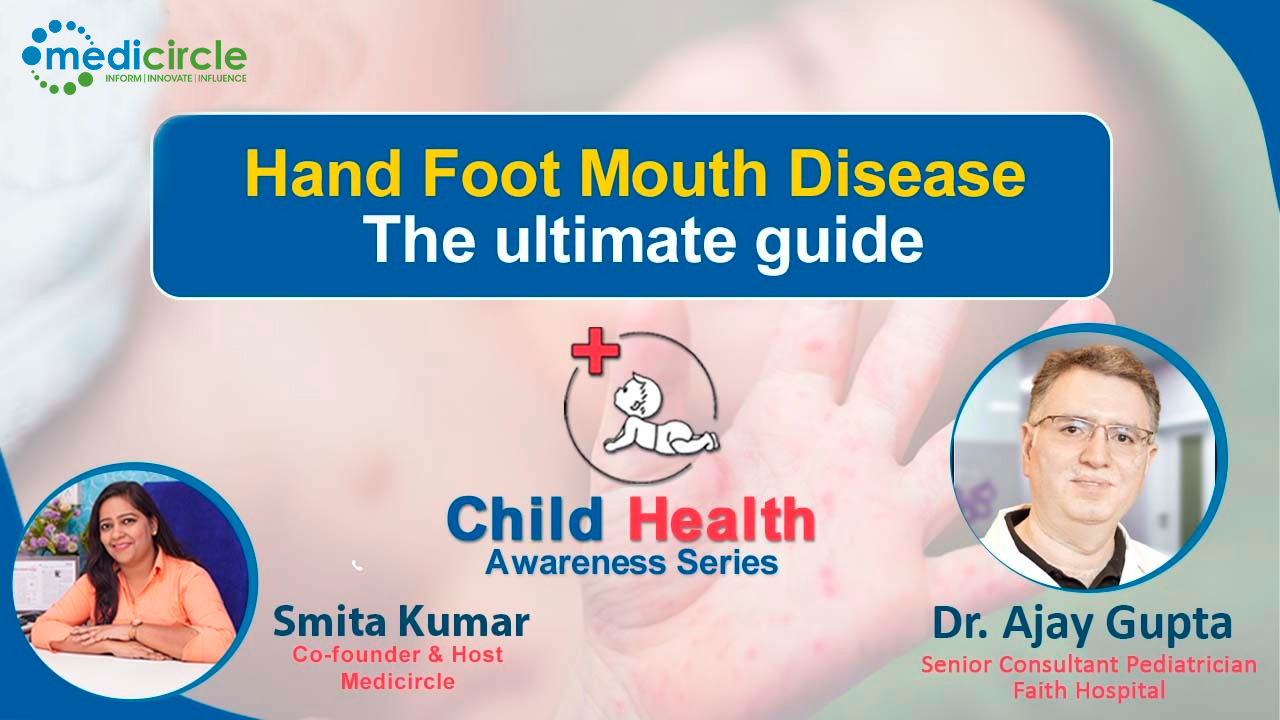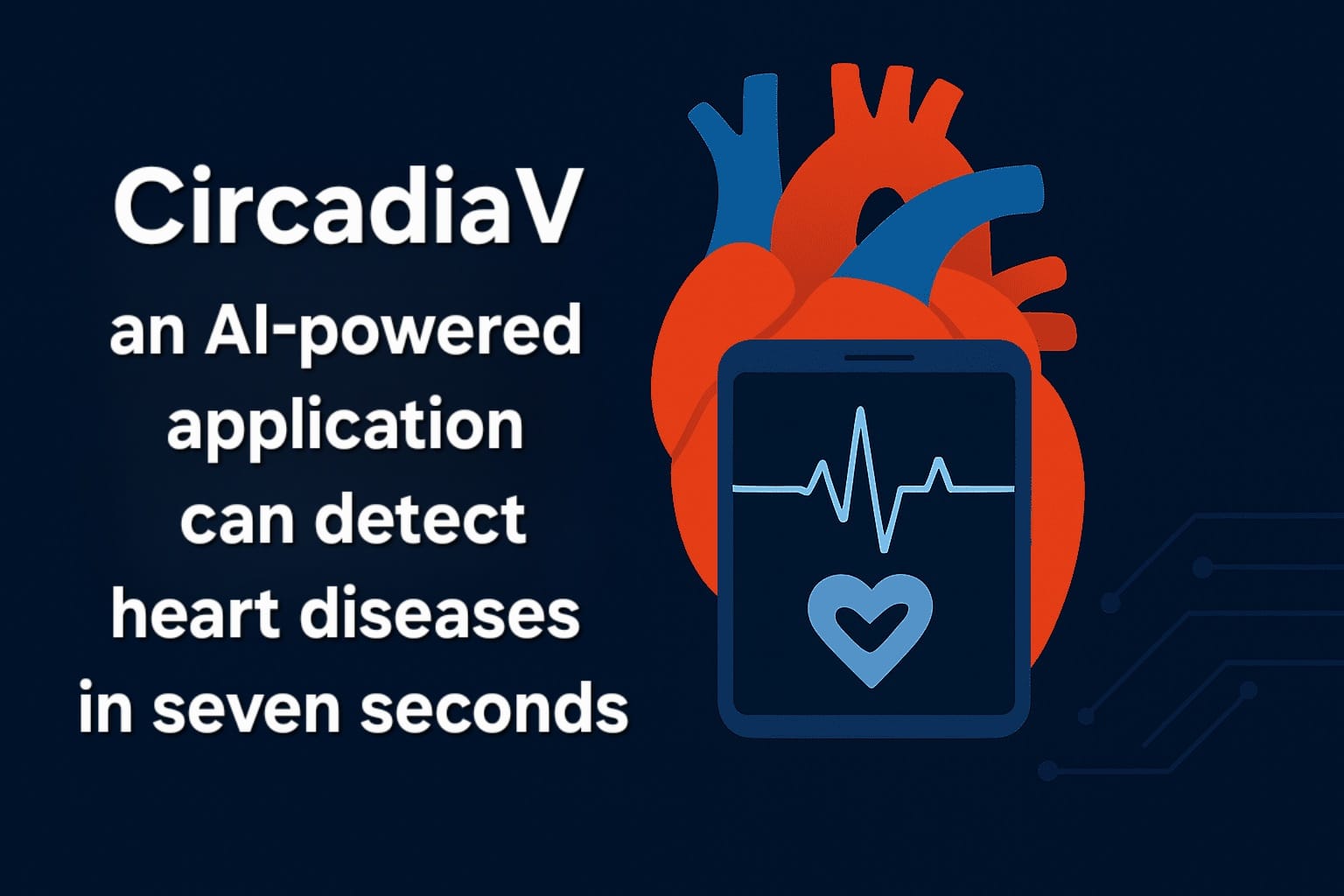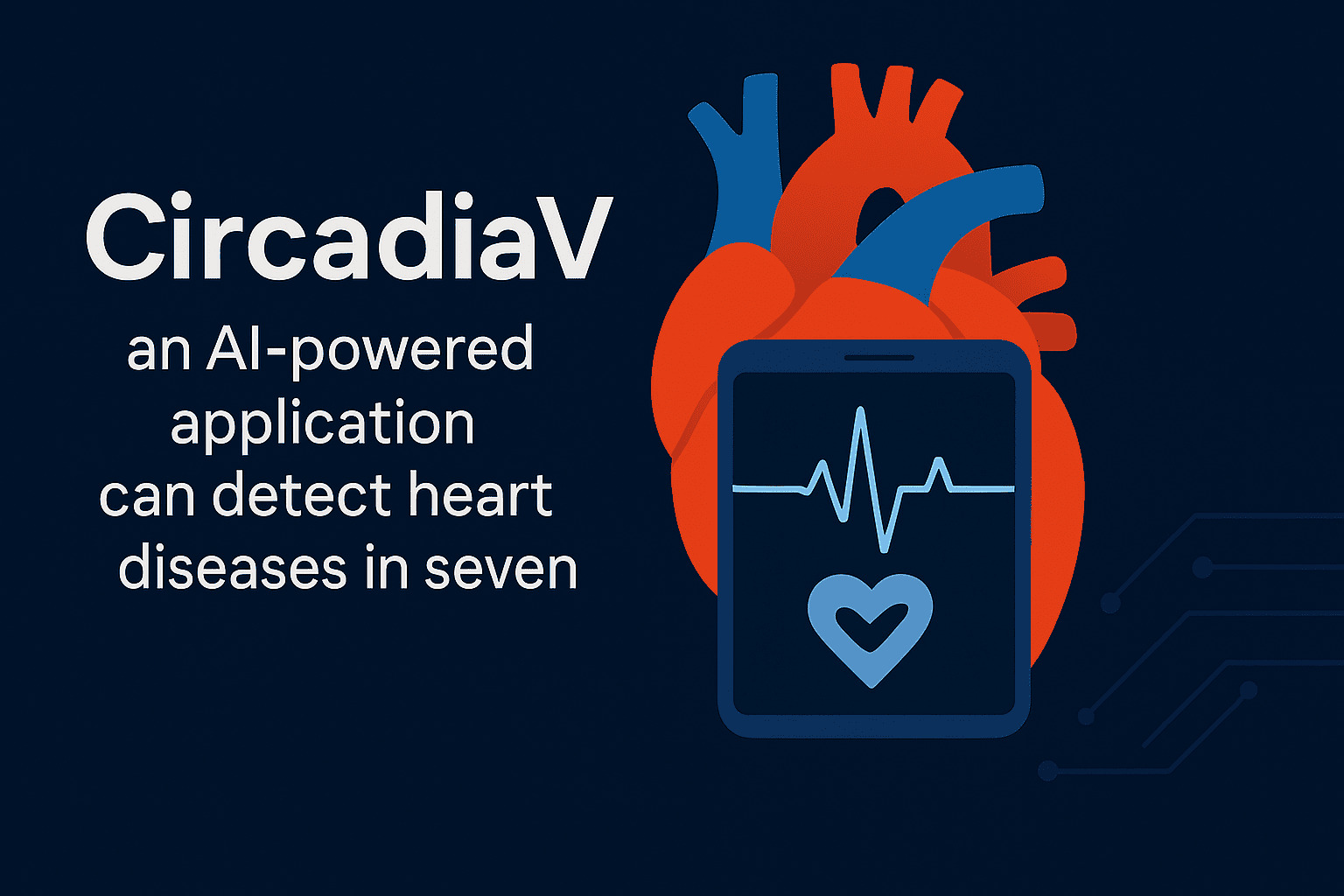Dr. Ajay Gupta is a renowned Senior Consultant Pediatrician in Chandigarh and currently practicing in Faith Hospital. For the past 27 years, he has worked as a Child Specialist & Vaccination Expert. He also has clinics in Bathinda, Mohali and Chandigarh.
Dr. Ajay begins, “Hand Foot Mouth is a mild viral infection caused by Coxsackievirus. It is just like any other viral flu that goes away on its own in 4-7 days. As the name suggests, it is a disease of the hand, foot, and mouth.”
Some common symptoms include
- Blisters or liquid-filled blisters or skin rash around the mouth, on the soles of the feet, and on the palms of the hand.
- Mouth ulcers that occur mostly in the back of the mouth.
- Mild fever
Skin rash is a common symptom of many other conditions. Although HFMD lesions can be easily distinguished.
- Loss of appetite due to aggravated ulcers.
The ideal diet for HFMD
In HFMD, oral intake is drastically reduced because of ulcerative lesions and inconvenience.
Foods to avoid
- Solid foods
- Salty foods
- Citrus foods
Foods to eat
- Cold food
- Semi-solid or liquid food
- Sweet food
Dr. Ajay emphasizes, “Custard, cold milk, kheer can be given to the child. Parents should not force their children to eat, they may vomit. Give smaller quantities but more frequently, things will be easier.”
“Earlier it was considered a disease of poor hygiene that got transferred from animals to humans. Every year we see a huge number of cases of HFMD in India and with increased awareness, people are able to diagnose or distinguish it easily.
COVID rashes and HFMD rashes, both have different characteristics. COVID and HFMD are always there, we just need to take extra precautions against them.”
HFMD is highly contagious
Dr. Ajay states, “Although HFMD is a mild viral infection, it is highly contagious. Viruses can be easily spread from one person to another. HFMD can be transmitted through
-
Respiratory droplets that are sprayed into the air after coughing or sneezing.
-
Saliva
-
Feces
-
Fluid from watery lesions
-
Direct contact with unwashed hands or a surface containing traces of the virus.”
HFMD Infectivity rate
Dr. Ajay mentions, “Hygiene is very important. HFMD stays aggressive for up to 7-8 days and infectivity also stays for the same period through droplets. But the traces of the virus are excreted through stools even up to 1.5 months. Thus, in the case of infants and toddlers, disposal of diapers should be proper and hygiene should be maintained.”
When to see a doctor?
- Fever usually comes after 2-3 days and goes away on its own in 48 hours but if it stays continuous beyond 48 hours, do consult the doctor.
- If the child is feeling dehydrated, lethargic, or extreme loss of appetite, in that case, do consult the doctor for clinical assessment.
Herpangina symptoms - Variant of HFMD
- High-grade fever
- Aggressive sore throat
- Painful eating
- Lesions are more painful as compared to HFMD
- Headache
- Backache
- Abdominal pain
Herpangina is seen mostly in older patients more than 5-6 years. 80% of cases are seen in 1-5 years and 15-20% of cases are seen in 5-8 years old. Patients with these symptoms are at higher risk for dehydration and other complications. Symptoms of HFMD are mild or almost negligible in older patients (adolescents and young age group).
HFMD – Preventative measures
-
Practicing good hygiene is the best defense against HFMD. Do frequent handwashing and maintain hand hygiene. The infectivity rate is higher in the initial days, so take proper precautionary measures.
-
It is important to disinfect toys, balls, and other things that may be contaminated with the virus.
-
Avoid sharing utensils.
-
Disposal of stools and diapers should be proper.
-
If your child is having symptoms like fever, lesions, and sore throat, don’t allow them to go to school as other children might also contract the disease.
When to send kids to school?
Dr. Ajay concludes, “When watery lesions get dried up and there is no coughing, sneezing, or sore throat, then you may send your ward to schools. Maximum it may take 10 days, not more than that but if at all wet lesions are there on the 11th day, it’s best to avoid contact with others. This can help you avoid spreading the disease to others.
Also, watch for the hydration status of the child, it is of utmost importance.”
(Edited by Renu Gupta)

 HFMD has been reported in many Indian states such as West Bengal, Kerala, the hills of northern India, Odisha, Maharashtra, and Karnataka. An advisory has been issued by many schools to sensitize the parents about the viral infection that is spreading fast among school children, especially among primary class students. Let’s know in detail.
HFMD has been reported in many Indian states such as West Bengal, Kerala, the hills of northern India, Odisha, Maharashtra, and Karnataka. An advisory has been issued by many schools to sensitize the parents about the viral infection that is spreading fast among school children, especially among primary class students. Let’s know in detail.







.jpeg)


.jpg)









.jpeg)





.jpg)




.png)



